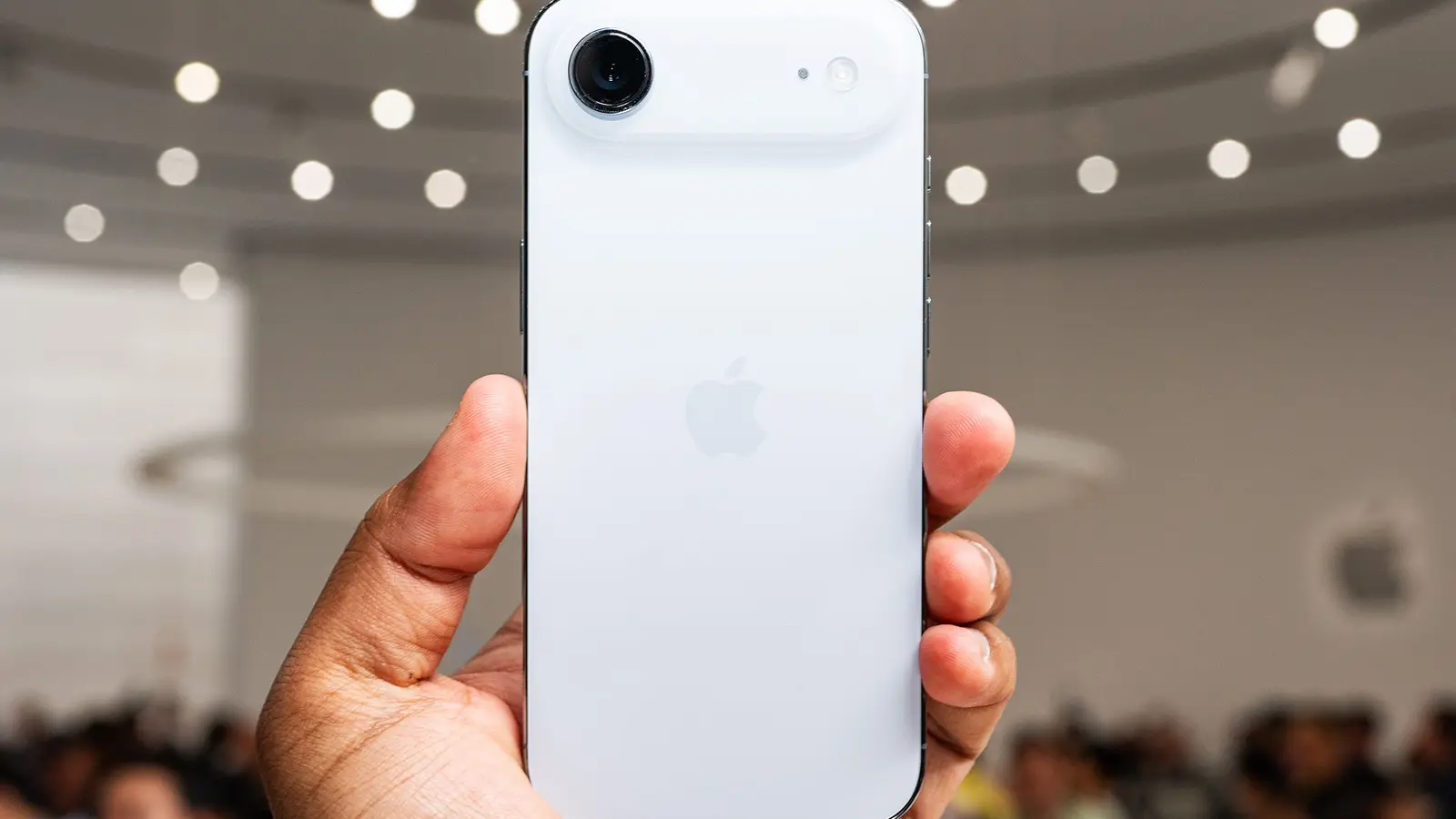4 Minutes
Apple is reportedly trimming production of its slimline iPhone Air after demand lagged behind other iPhone 17 models. The move follows a similar pattern in the smartphone world, where ultra-thin designs sometimes struggle to win over mainstream buyers despite premium specs.
Why Apple is dialing back iPhone Air output
According to a report in The Elec citing Japan’s Mizuho Securities, Apple plans to reduce iPhone Air production by around one million units this year. That reduction comes even as the company raises total iPhone 17 series forecasts — production for the iPhone 17, 17 Pro and 17 Pro Max has reportedly been increased by two million units, lifting the early-2026 target from 88 million to 94 million units.
This signals a tactical shift rather than a wholesale retreat: Apple appears to be reallocating manufacturing capacity toward models with stronger demand while trimming a single model that fell short of expectations.
Not the only phone facing the squeeze
The iPhone Air’s slowdown mirrors recent moves at Samsung. The Galaxy S25 Edge — praised for its wafer-thin profile but criticized for a smaller battery — underperformed, and Samsung has reportedly dropped the S26 Edge in favor of bringing back a Galaxy S26 Plus model. Why is this happening? Designers are trying to balance thin, attractive hardware with real-world needs like battery life and camera versatility. Consumers often choose utility over aesthetics when those trade-offs are too steep.

Where iPhone Air found buyers — and where it didn’t
Early reports show the iPhone Air sold out quickly in China, suggesting strong interest in some markets. But in Western regions its reception has been muted. Analysts say price and spec compromises may have dulled the Air’s appeal: many buyers prefer the plain iPhone 17 for value or the iPhone 17 Pro models for superior cameras and premium features.
- Pros for the Air: flagship-level components, light weight, premium design.
- Cons for the Air: thinner chassis often means smaller battery and fewer camera features.
- Result: strong niche interest but weaker mass-market traction.
What this means for Apple and smartphone buyers
Is this a failure? Not exactly. Market watchers view Apple’s adjustments as strategic fine-tuning — reallocating production to the models that are selling best. For consumers, it might mean steadier supplies of popular iPhone 17 variants and less visibility for experimental, ultra-thin options like the Air.
For the broader smartphone market, the episode underscores a recurring tension: can designers push slimness without sacrificing battery life and camera capabilities? The answer so far has been mixed. Companies that get the balance right can capture both headlines and market share; those that don’t often pivot quickly.
Ultimately, Apple’s overall iPhone 17 series remains a strong performer globally. The modest production cut for the Air is more of an operational tweak than a sign of systemic trouble, but it’s a reminder that even premium devices must align with consumer priorities — not just design ambitions.
Source: gizmochina


Leave a Comment